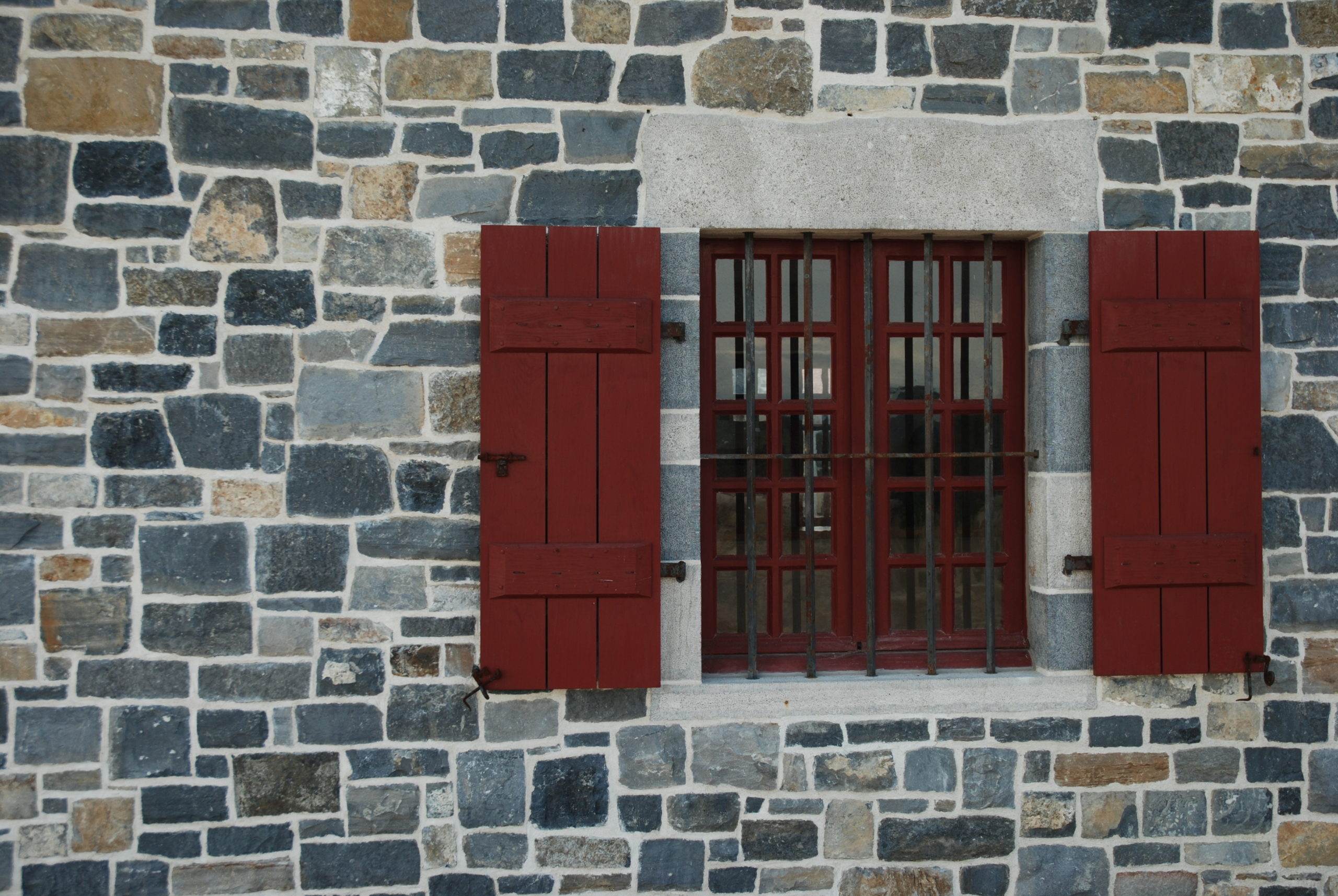
When you purchase a new construction home, you expect everything to be top-notch and probably wouldn’t expect windows falling apart in few short years. Unfortunately, that’s not the case with builder-grade windows being fitted inside homes. These look great when new but are a ticking time bomb waiting to go off after 5 or 10 years of use. They’re generally low-quality Silverline or American Craftsman window brands who create subpar products for builders at minimal costs. While there may seem nothing wrong at first glance, over time, these types of cheap products will become dented, warped, stained from rainwater leaks, and just generally unsightly.
What Are Builder Grade Windows, and How Do They Differ From Standard Windows?
The average homeowner wants to buy a beautiful, functional window that will last for years into the future—not one that crumbles after five or ten! Builder-grade windows are one of the “dirty little secrets” that plague first-time homeowners. While builder-grade windows may appear to be a good choice, they have a slew of drawbacks—they’re some of the most problematic window alternatives available! Homebuilders save money by using them, and unfortunately, these varieties can frequently be found in newly built homes. The phrase “builder-grade” is generally used to refer to any window type that’s not top of the line. Still, some people use it specifically about windows made by three companies: Fibertec Windows, Silverline Windows, and American Craftsman.
These windows are often inappropriately referred to as “low E” when they have no real Low-E coating at all—the only thing low about them is the price! If you want to avoid problems with your new home in the future, make sure to avoid these types of windows.
What are the key differences between builder-grade and standard windows? Builder-grade products don’t use lowE glass, which saves money upfront but will make your home extremely susceptible to heat loss over time. They also lack any warranty or protection for homeowners who want to repair these window models.
Builder-grade windows are not constructed to the same standards as standard new construction windows, mainly due to cost savings of using substandard components. While they may look great at first glance, these types can warp, dent easily and stain over time because they’re made with inferior materials. The biggest problem is that many homebuilders will not repair or replace these windows once your home warranty expires.

Why Are Builder-Grade Windows So Problematic?
While there are plenty of good reasons why buying builder-grade windows is not in your best interest, there are a few problems that stand out above the rest:
Air Leakage
When you compare your builder-grade windows to high-quality, double-hung replacement windows, it’s no surprise that they leak. The weatherstripping used on the sashes of the lower quality windows doesn’t seal properly and sometimes even allows light in through the edges where two panes meet at their center or corners. You’d expect this problem after 20 few years of wear and tear, but some windows are failing within their first few years of use. Leaks lead to increased energy costs in your home, which can offset the cost savings that builder-grade windows might provide over standard replacement windows—not a good tradeoff!
Builder-grade windows often have warped or uneven sashes, which is a huge problem for getting an airtight seal on them. If the window doesn’t sit flush with your home’s exterior, you’re going to pay for this mistake in energy bills every month! The windows’ frames are made of flimsy, low-quality materials that can warp or bend with time.
Fogging
Most cheap vinyl windows will fog up during the winter months. This is a common problem with affordable, builder-grade window options and can be frustrating for homeowners looking into replacement windows to solve this issue. Since this process happens over and over again throughout the winter months, you’ll end up with permanent condensation on your window panes—not to mention a bank account that’s drained from the higher energy bills.
Security Risk
We all know that vinyl windows are cheap, but what happens when the thief tries to pry open your window? The hardware is flimsy and can be easily popped out. This poses a security risk for you because now anyone has easy access to your home! Make sure not to compromise by purchasing sturdy material instead of just going with something cheaper.
Hardware failure – making the builder-grade window obsolete.
Many homeowners are surprised to learn that builder-grade windows have a fixed upper sash, making it hard for them to open the top part of their window. This is troublesome because they can’t clean these windows from inside as easily. This is a cost-saving measure the builder came up with, so they don’t have to spend more money on higher-quality hardware.
Oh noooooo! This means trouble when opening/closing windows because cheap balancers are going bad…if they start making noise while opening/closing or go “squeeze-squeak,” then chances are there’s a problem already. Closing/opening should be a single-finger action, rather than two hands tugging away with one foot planted against the wall.
Missing Insulation
When insulation is installed around windows, it helps maintain the temperature in your home. The issue with builder windows is that sometimes this step gets skipped because they need to work as quickly as possible and skip some essential steps. It’s frustrating for homeowners expecting their brand new homes to have everything completed perfectly but find out later that something was missed during construction or installation of items like window insulation, which could dramatically affect the living conditions inside the house! Builder jargon refers to putting up a window by slapping it into place – how nice!

How Can I Avoid Builder-Grade Windows in My New Home? There are a few ways to avoid this problem:
Ensure that when you’re purchasing a new construction home, the window brand is one of the features you check on. If possible, choose mid-range windows.
Another option would be to hire an independent inspector before you finalize your purchase of a new home, which will allow you to identify any problems with the windows in question and negotiate for better replacements. If this is not possible, take along someone who understands construction products since it can be straightforward to miss some obvious issues to a home builder.
If your windows start to show signs of wear and tear, don’t take them for granted! Just because you have stock builder windows doesn’t mean you need to rush out and replace them. But it also means that if something goes wrong with one or more of the window components (i.e., glass unit, frame), we recommend bringing us in right away so our team can check its condition without any delay before further damage occurs. Our company installs high-quality replacement products that provide great style, consistent, reliable functioning during use over a long period (decades).



